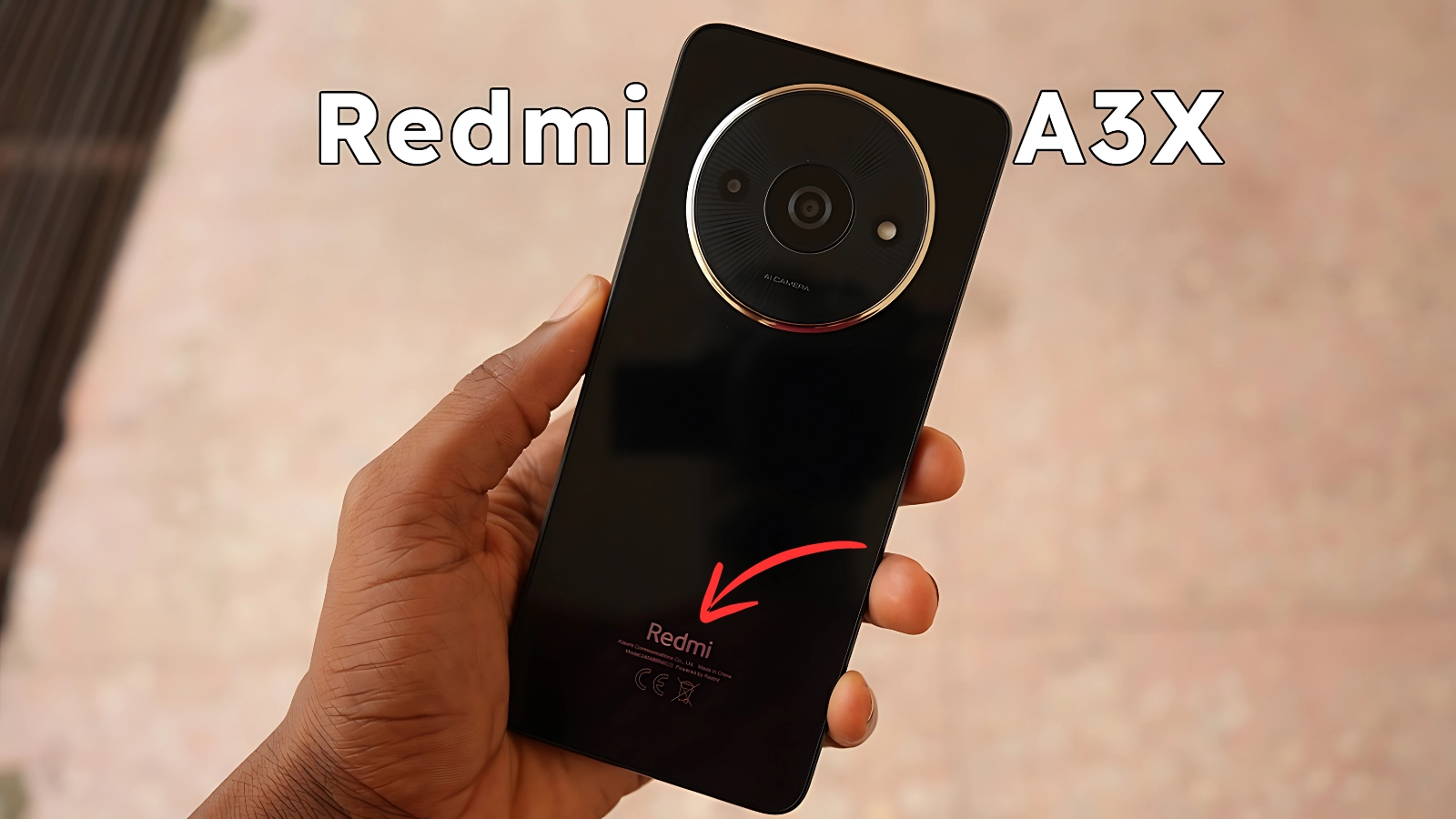REDMI A3X : The REDMI A3X emerges as a powerful demonstration of how smartphone manufacturers can make modern mobile technology genuinely accessible to first-time users and budget-conscious consumers who previously felt excluded from the digital revolution. This device represents Xiaomi’s commitment to breaking down barriers that prevent widespread smartphone adoption, particularly in emerging markets where cost sensitivity and feature complexity often discourage potential users from embracing mobile technology. The development philosophy centered around understanding the specific needs of users transitioning from basic phones to smartphones, requiring devices that provide essential modern capabilities without overwhelming complexity or intimidating learning curves. Market research consistently revealed that entry-level buyers prioritized reliability, battery life, and ease of use over advanced features they might never understand or utilize, guiding every aspect of the A3X’s design and feature selection strategy.
Design Language That Communicates Approachability
The visual identity of the REDMI A3X immediately establishes its positioning through clean, straightforward aesthetics that avoid both the cheap appearance of low-quality devices and the complex styling that might intimidate users new to smartphone technology. The construction demonstrates solid build quality that instills confidence in durability while maintaining lightweight characteristics that prevent fatigue during extended usage sessions. Color options include choices that appeal to diverse demographics without resorting to flashy finishes that might appear unprofessional in workplace environments or age poorly over extended ownership periods. The overall design philosophy prioritizes functional ergonomics over visual drama, ensuring comfortable handling during calls, messaging, and basic photography activities that represent primary usage scenarios for entry-level smartphone buyers. Button placement and port positioning follow intuitive principles that don’t require extensive learning periods for users accustomed to traditional mobile phone layouts.
Display Technology That Balances Quality with Efficiency
The screen implementation in the A3X demonstrates thoughtful engineering that provides adequate visual quality for essential smartphone functions while maintaining power consumption levels that support exceptional battery life. The display size ensures comfortable reading and media consumption without creating device dimensions that might feel unwieldy for users transitioning from smaller traditional phones. Touch sensitivity calibration maintains responsive interaction without being overly sensitive in ways that could create accidental inputs for users still developing smartphone handling techniques. Brightness management provides reasonable visibility across typical usage environments while avoiding power-hungry peak brightness levels that could compromise the all-day battery performance essential for users who may not have consistent access to charging opportunities. Color reproduction proves adequate for basic photography review and entertainment consumption without the premium calibration that would increase costs unnecessarily for this user segment.
Performance Foundation Built for Essential Operations
The processing architecture of the A3X focuses on delivering consistent performance for fundamental smartphone activities rather than impressive benchmark scores that don’t translate to practical benefits for entry-level users. The chipset provides adequate power for voice calls, text messaging, basic photography, and simple application usage while maintaining thermal characteristics that prevent overheating during typical daily operations. Memory allocation supports essential multitasking between core applications without the aggressive resource management that could create confusing performance variations for users still learning smartphone operation patterns. Storage implementation balances internal capacity with expansion options, accommodating basic user requirements while providing growth potential for users who gradually accumulate more digital content as they become comfortable with smartphone capabilities.
Camera System Designed for Simplicity
Photography capabilities in the A3X emphasize ease of use and consistent results rather than advanced features that might confuse users who simply want to capture family moments and basic documentation. The camera interface prioritizes simplicity over comprehensive manual controls, ensuring that users can quickly capture photos without navigating complex menus or understanding technical photography concepts. Image quality proves adequate for social media sharing and personal documentation while processing algorithms optimize results automatically without requiring user intervention or post-processing knowledge. The front-facing camera addresses basic video calling needs and simple selfie photography without complications that could discourage users from exploring these communication options.
Battery Engineering That Ensures Reliability
Power management in the A3X addresses fundamental concerns of entry-level users who may not have consistent access to charging infrastructure or sophisticated understanding of battery optimization techniques. The battery capacity provides full-day usage for typical entry-level activities while charging systems remain compatible with standard charging accessories that users may already own. Power optimization operates transparently to extend usage time without requiring manual battery management that could create anxiety or confusion for less technical users.
Software Experience That Promotes Confidence
The Android implementation in the A3X reflects careful customization that enhances accessibility while avoiding complexity that could overwhelm users new to smartphone technology, creating experiences that build confidence rather than creating frustration through feature overload.
REDMI A3X Market Impact and Social Connectivity
The REDMI A3X successfully demonstrates that smartphone technology can serve as a bridge to digital inclusion, providing essential connectivity tools within pricing that makes modern communication accessible to previously underserved populations.

